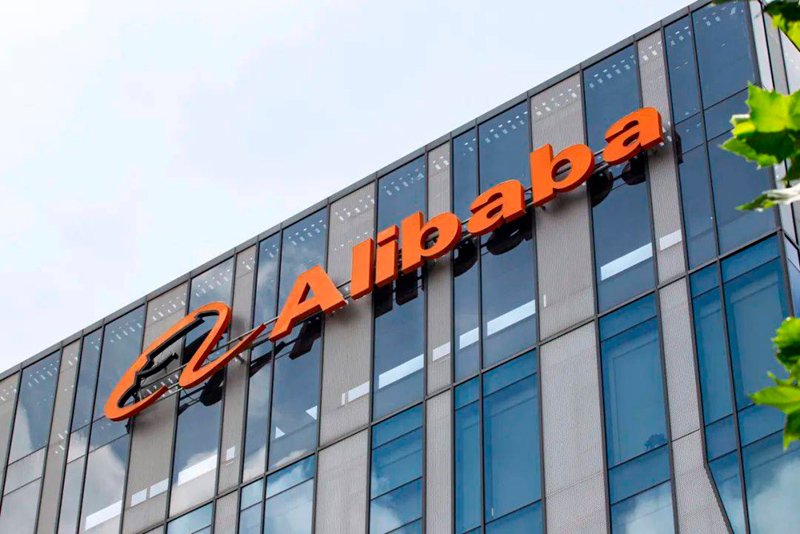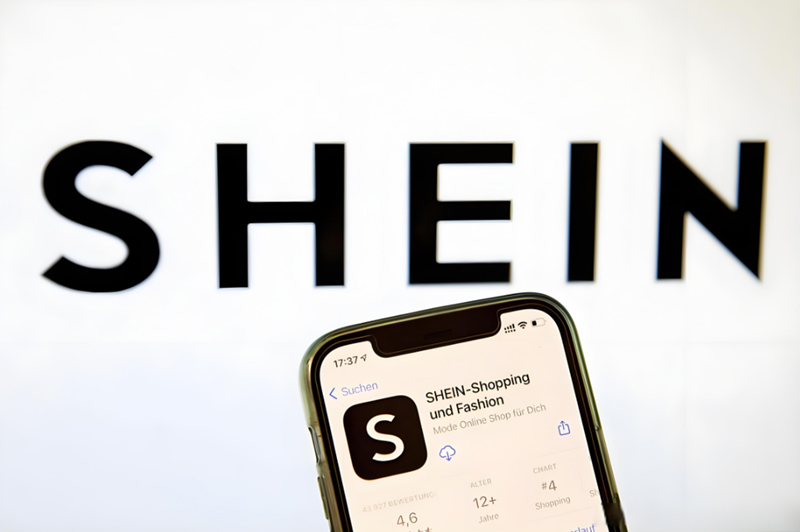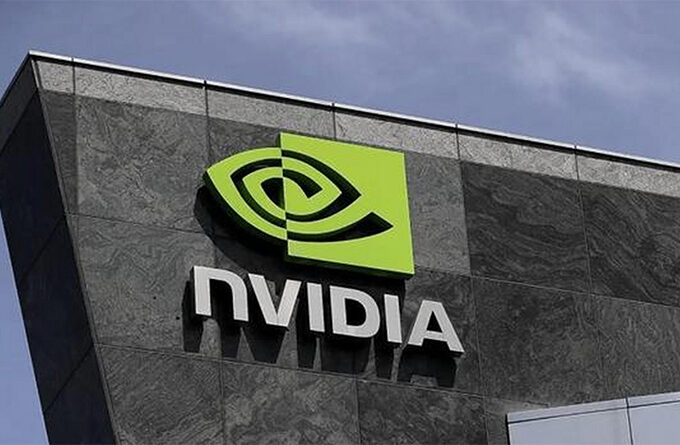AliExpress, Alibaba’s core overseas e-commerce business, is shifting its strategic focus, aiming to compete with Amazon for top brands globally.
“We are inviting leading Chinese brands on Amazon to join us, or guiding them to shift their focus here,” AliExpress’s head of brand expansion told reporters.
It’s reported that at the end of September, AliExpress will launch a “Brand+” section prominently on its homepage, uniquely labeling products from over 2,000 high-quality, competitively priced brands. This move is seen by industry insiders as a response to growing consumer demand for authenticity and transparent supply chains in the European Union and the United States. The platform will provide brands with increased traffic exposure and multiple operational tools, offer price protection for selected products, and offer free shipping in core countries, including the US, Germany, France, Italy, and Spain, funded by merchants.
This strategic shift is not accidental. AliExpress’s head of brand expansion admitted that Alibaba International Digital Commerce Group (AIDC) already has the fundamental strength to support brand development. “The financial report shows continued double-digit revenue growth, with profits and losses close to turning positive. The capabilities we’ve built over the past three years have transformed us.” More crucially, the external environment is driving pressure. With global tariff barriers rising, the overseas expansion model driven by white-label products and supply chain costs is no longer sustainable. The logic of excess capacity is no longer adaptable to global market rules.

The latest financial report shows that Alibaba International Digital Commerce Group (AIDC) saw revenue increase 19% year-on-year to 34.7 billion yuan in the first quarter of fiscal year 2026, with an adjusted EBITA loss of only 59 million yuan, a significant 98% reduction from the loss of 3.7 billion yuan in the same period last year.
According to the latest data from AliExpress, the number of brands listed on its platform increased by 70% in the first half of this year, with over 500 brands doubling their sales.
It is reported that AliExpress has clearly defined its battlegrounds: in key markets such as Spain, Latin America, South Korea, and Poland, its first phase goal is to achieve sales for leading brands surpassing Amazon, with a focus on Double 11 and Black Friday.
Almost simultaneously, JD.com is also actively developing its brand overseas expansion plans. Richard Liu recently publicly stated that he will lead 1,000 Chinese brands into the global market. JD.com Global Sales has subsequently upgraded its strategy, launching a semi-managed overseas warehouse program and recruiting seed merchants. Leveraging JD Logistics’ 12 core overseas warehouses in Europe and the United States, participating brands can enjoy “local shipping, 3-day delivery” fulfillment services. Unlike AliExpress, JD.com focuses more on high-value-added categories such as consumer electronics and home appliances, balancing quality control with brand autonomy through a hybrid model of “self-managed management + brand independent operation.”

SHEIN recently officially launched its “SHEIN Xcelerator” brand incubation and support program. Focused on empowering brands globally, the program provides comprehensive support from resource integration to market implementation for emerging designers, independent labels, and established brands worldwide. The initial program focuses on recruiting brands from the Chinese market, with plans to expand to core regions such as Europe, the United States, and Southeast Asia.
According to data released by SHEIN, since its testing launch in August 2023, SHEIN Xcelerator has attracted nearly 20 brands from around the world and generated nearly 3 billion RMB in revenue. Participating brands experienced an average first-year sales growth of 190%.
Zhuang Shuai, founder of Bailian Consulting and an expert in the retail e-commerce industry, stated that branding can, on the one hand, strengthen global consumers’ recognition of Chinese quality and help them break away from the low-price mentality; on the other hand, it can boost platform profitability. This is an inevitable choice for the entire industry as it transitions from scale expansion to high-quality development.
“From purchasing products to building a brand, it takes three to five years of sustained investment, but it’s an inevitable journey.” Zhuang Shuai pointed out that while AliExpress’s front-line approach, JD.com’s supply chain empowerment, and SHEIN’s deep product development take different paths, all point to a competitive value proposition. With Double 11 and Black Friday approaching, the global battle for Chinese brands will face its first test.












